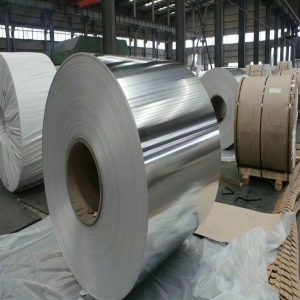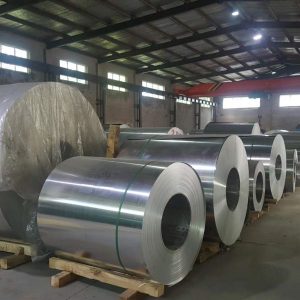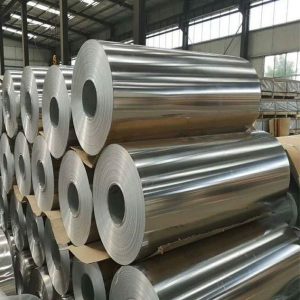How is cold rolled coil manufactured?
05-28-24
Cold-rolled coil is an indispensable and important raw material in modern industry, which is widely used in many fields such as automobiles, construction, home appliances and electronics. The manufacturing process involves several delicate steps that ensure the best quality and performance of the product. So, how is cold-rolled coil made?
1) Raw material preparation
The manufacture of cold rolled coil first requires the preparation of suitable raw materials, usually hot rolled coil. After high temperature rolling, the surface and internal structure of the hot rolled coil are rough, and the subsequent cold rolling process is needed to further improve its performance. In the raw material preparation stage, it is also necessary to carry out strict quality checks on the hot rolled coil to ensure that its chemical composition and dimensional accuracy meet the production requirements.
2) Pickling to remove the scale
When the raw material is ready, it first needs to be pickled. The purpose of pickling is to remove impurities such as oxide and rust from the surface of raw materials to make the surface smoother and cleaner. This step is essential to ensure the surface quality of the cold rolled coil.
3) During the cold rolling process
The coil may also be annealed. Annealing is to improve the internal structure and properties of the coil through heating and slow cooling, and improve its plasticity, toughness and processing properties.
4) Annealing treatment
The cold rolled coil often has large internal stress and hardness, and needs to be annealed to improve its processability and toughness. During the annealing process, the internal stress can be effectively eliminated and the structure of the material can be adjusted by controlling the heating temperature, holding time and cooling rate.
5) Finishing and testing
After annealing, the coil needs to be finished, including cutting, straightening, surface treatment and other processes to improve the appearance quality and dimensional accuracy of the product. Finally, it is also necessary to carry out strict quality inspection of the finished product, including chemical composition analysis, mechanical properties testing, surface quality inspection, etc., to ensure that the product meets the relevant standards and customer requirements.
5) Packaging and delivery
Cold-rolled coils after finishing need to be packed and stored. The packaging usually adopts waterproof, moisture-proof, rust-proof and other measures to prevent the coil from being damaged during transportation and storage. At the same time, it is also necessary to carry out reasonable stacking and storage according to the different specifications and uses of the product in order to facilitate subsequent processing and use.
6) Quality control and inspection
In the entire manufacturing process, quality control and inspection are indispensable links. Through strict quality control system, the raw materials, semi-finished products and finished products are comprehensively inspected and tested to ensure that the performance indicators of the products are in line with the standard requirements. At the same time, it is also necessary to monitor and manage all aspects of the manufacturing process, discover and solve problems in time, and ensure the stability and reliability of the production process.
7) Conclusion
The cold-rolled coil manufacturing process is a complex process involving many links and fine operations. Through the organic combination of raw material preparation, pickling, cold rolling, annealing, finishing, packaging and storage as well as quality control and inspection steps, the final production of high-quality, high-performance cold rolled coil products, for the development of all walks of life to provide strong support.








